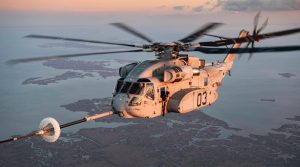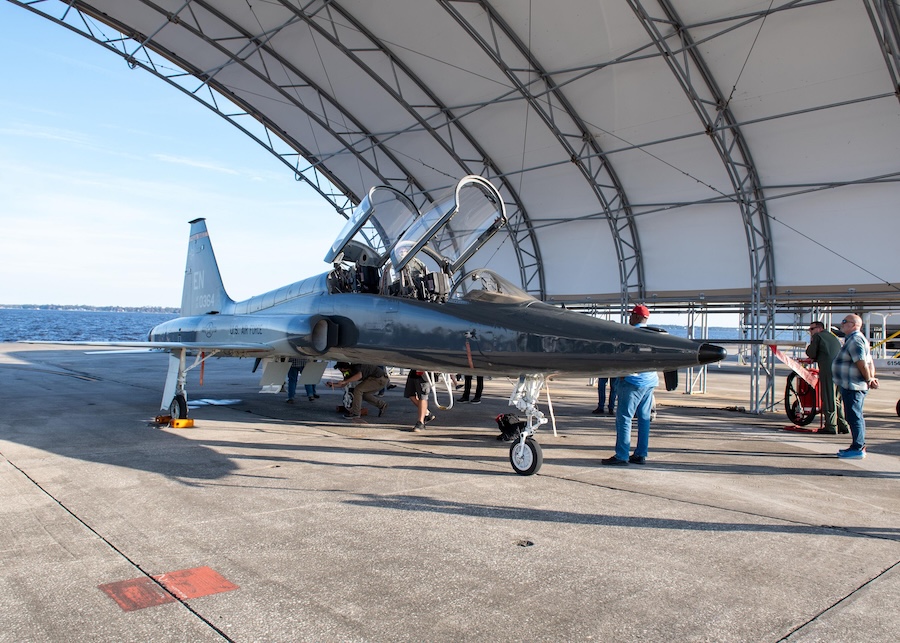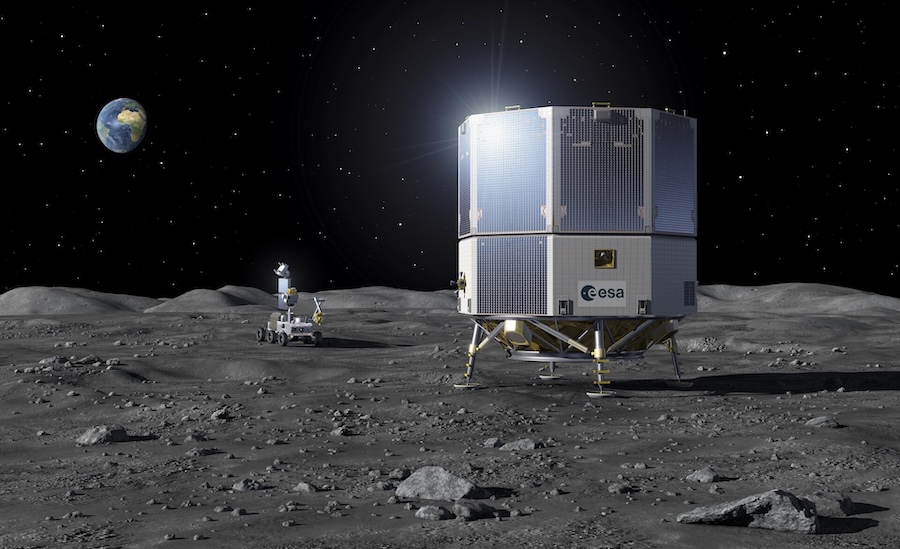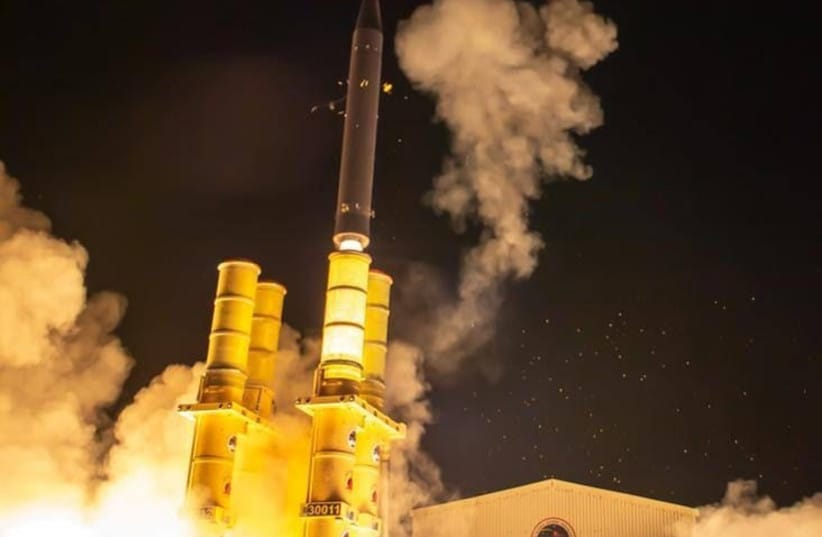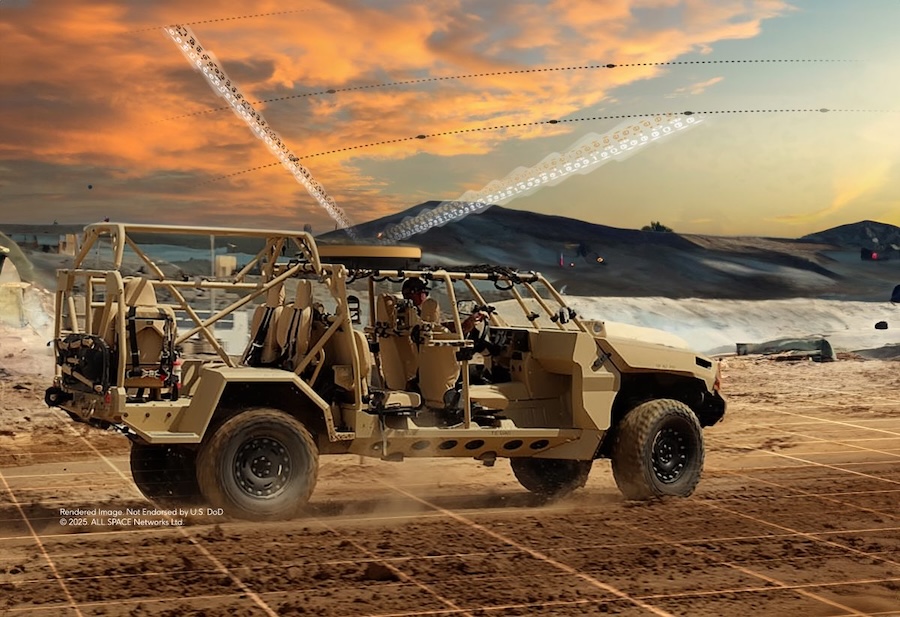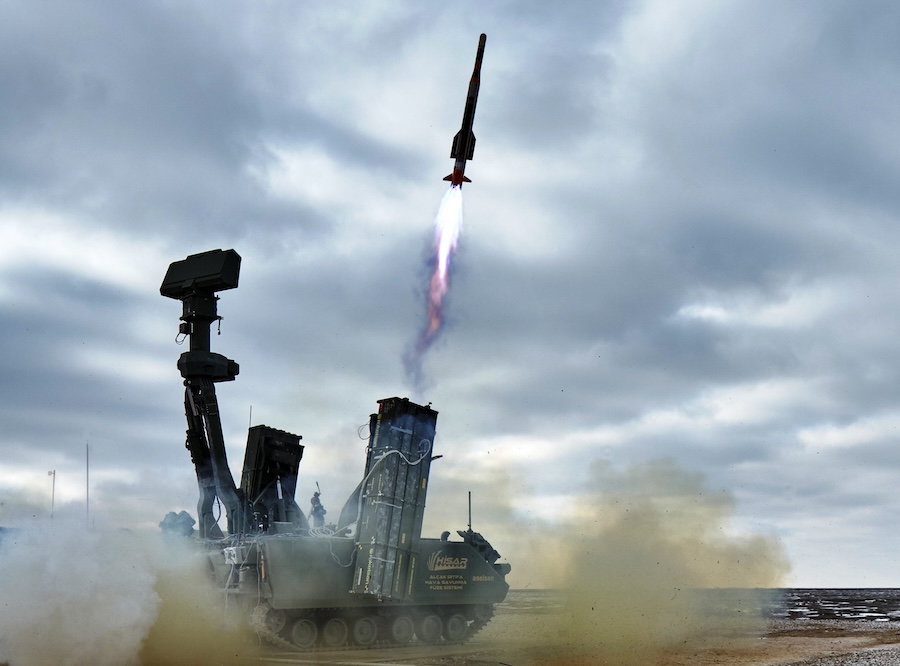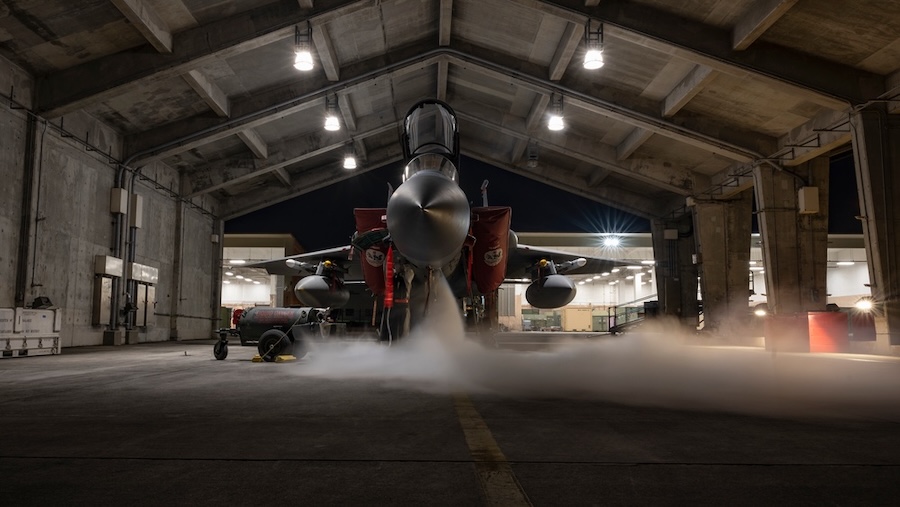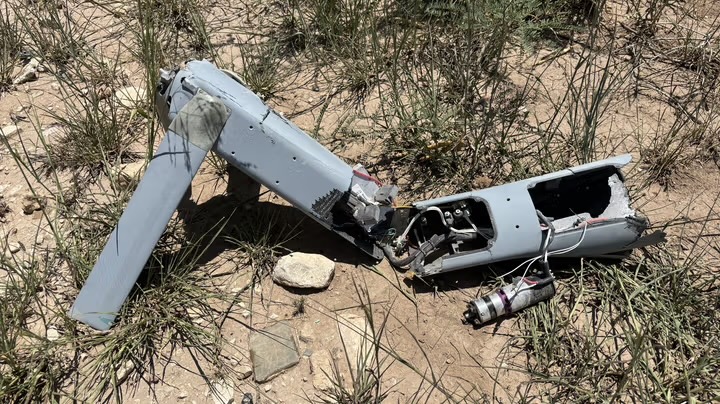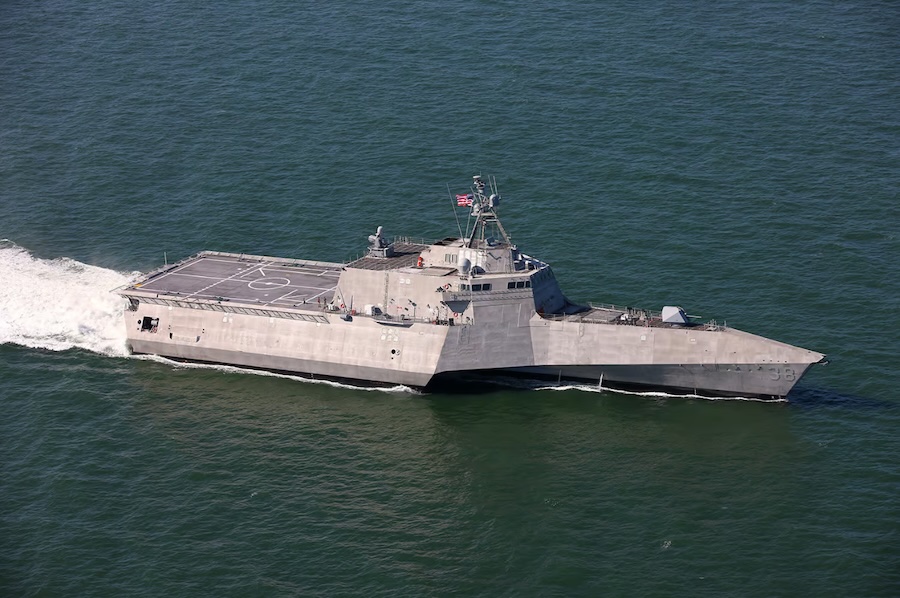The GQM-163A Supersonic Sea Skimming Target can maneuver to replicate current threats facing the fleet and is considered a critical test and training asset. NAWCWD’s Threat/Target Systems Department now operates two launchers on San Nicolas Island capable of launching four targets simultaneously, providing sailors with more realistic training scenarios.
“The threat environment is changing every day, and we must change and grow with it,” said Rear Adm. Keith Hash, NAWCWD commander. “Being able to present multiple, realistic threats is critical to ensure we deliver our warfighters a decisive advantage so they can deter aggression and, if necessary, win in conflict and return home safely.”
“For the past two years, our surface Navy has been taking the fight, taking the shots, on the other side of the world,” said Capt. Anthony Holmes, commanding officer for NSWC-PHD. “Our warfighters are being asked to fight and use their ships and weapons in ways they never thought they would.”
The new High Explosive Magazine, paired with a recently completed missile assembly building, allows eight GQM-163 targets to be built and stored every eight weeks, doubling the previous capacity. “We started this project in 2016 when PEO (IWS) came to us looking to do 30-plus launches a year. At the time, our assembly buildings could only build two each – so a maximum of four,” said Kevin Gross, TTSD director.
The first facility, a Missile Assembly Building, was completed in December 2022. The High Explosive Magazine was finished in June 2025 and received its final explosives safety certification on August 13, enabling storage of up to 10 assembled targets and boosters to support rapid quad launches.
“The Range is so valuable to the Surface Navy and the Navy writ large. Threats are getting more complex, and the expanded capabilities this new facility brings are critical to ensuring our Sailors are ready to face them,” said Capt. Anthony Holmes.
Naval Base Ventura County, which includes Point Mugu, Port Hueneme and San Nicolas Island, hosts three warfare centers including NAWCWD and NSWC-PHD. “The unique capabilities here at NBVC are force multipliers that ensure our Navy’s research and development, test and training, and deployable forces are equipped to meet today’s needs and tomorrow’s challenges,” said Capt. Daniel Brown, NBVC commanding officer.
The High Explosive Magazine is already operational and will be used for fleet training beginning this fall.







